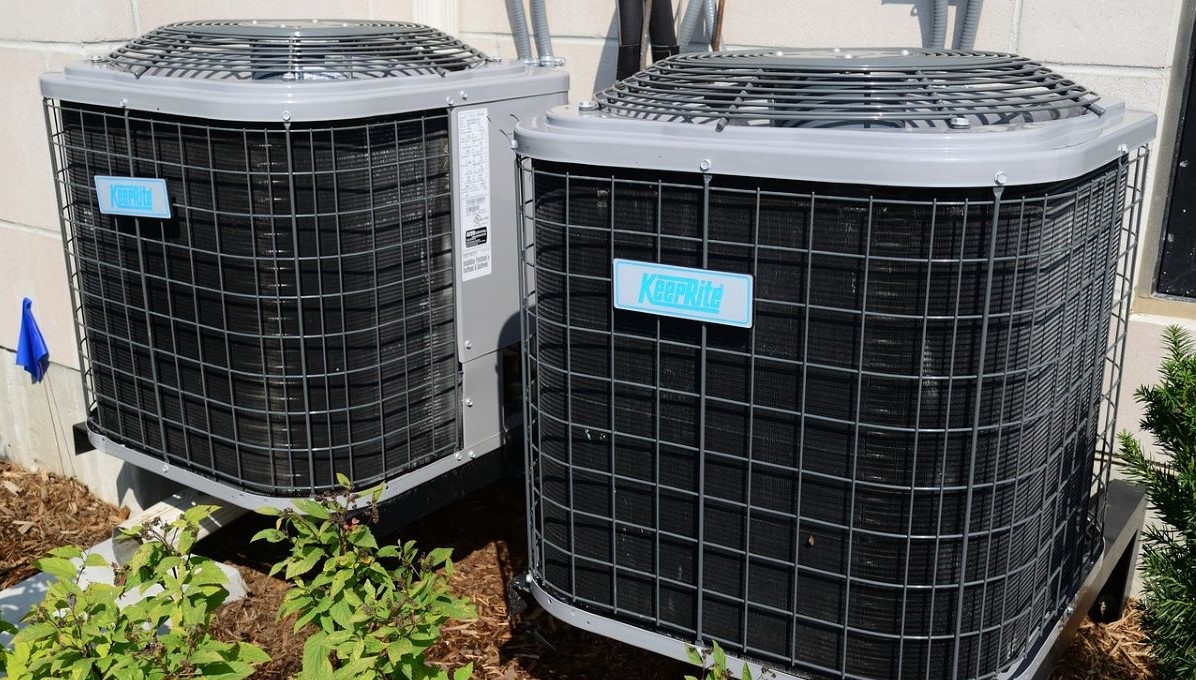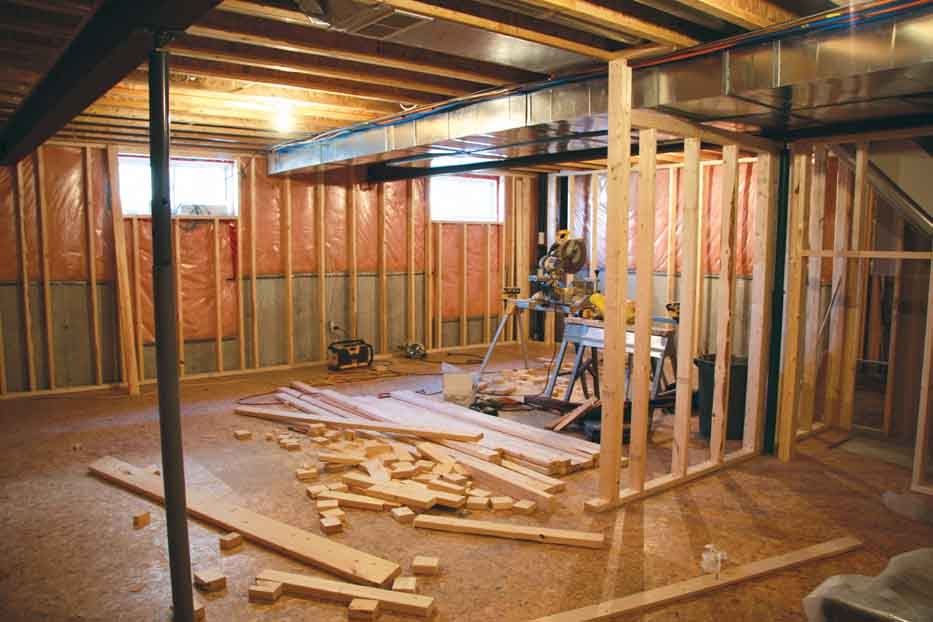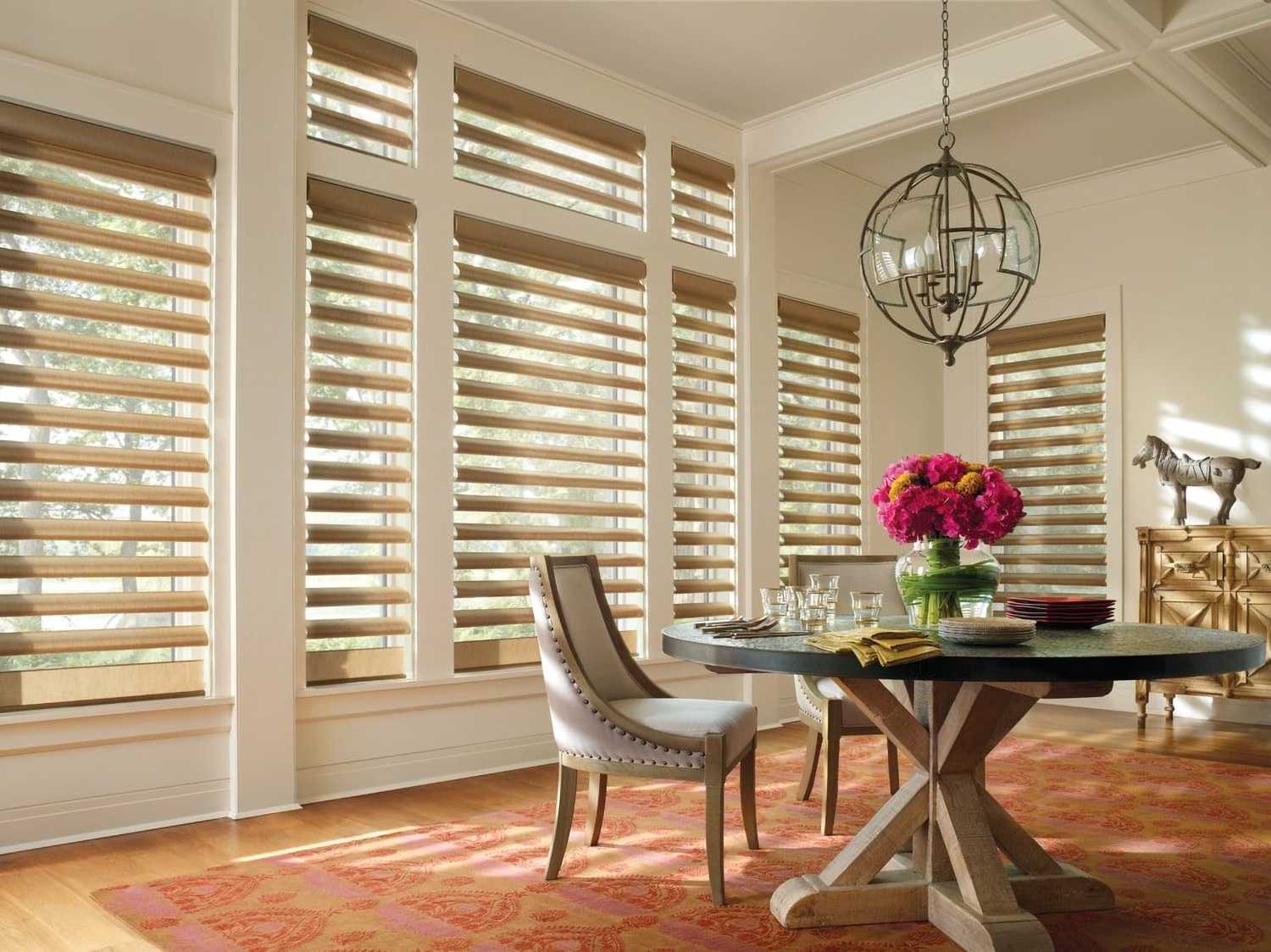
The ultimate air conditioner installation guide
When it comes to withstanding the humid summer sun, nothing does it better than an air conditioner. This appliance regulates the room temperature, keeping the body cool, and also eradicate pollen materials. On a typical summer day, the environment becomes too uncomfortable that one is left with no choice but to use a personal cooling system, compared to open windows and community cooling rooms.
Types of Air Conditioners
Different types of air conditioners exist for various building settings and functionalities. They include:
- Portable air conditioners
- Window air conditioners
- Split air conditioners
- Central air conditioners
Regardless of the type of cooling system a person chooses, installing the appliance can present some difficulties. Each air conditioner listed above comes with its merits and demerits. For example, setting up a portable AC only takes minutes. However, when it gets too hot for several days, the homeowner may have to move the appliance around to cool the room effectively.
Many households would prefer the functionality of a window air conditioner, but the problem lies in removing it from its mount several times. On the other hand, split air conditioners come in handy but are less common, while central ACs require intensive setup but are nearly undetectable once installed.
Installing Each Air Conditioner
The installation phase of AC varies as much as the functionalities of these cooling systems.
Portable Air Conditioners
This cooling system is one of the most common of all the home air conditioners. The market boom in portable air conditioning installations can be attributed to the following:
- Ideal for all window sizes
- Easy installation is done single-handedly
- Year-round operable portable cooling system with heat functionality
- Either serve as a standalone or works alongside a central air-cooling system
Unfortunately, most customers return these units to the stores without understanding that they must be vented to improve efficiency.
How to Install Portable Air Conditioners
- Buy a portable cooling unit that matches the opening
- Setup the window kit
- Secure the seal
- Complete the final setup
Window Air Conditioners
Window air conditioners come next to portable air conditioners as they come with straightforward setups and easy operability. A single unit can be used to cool one room, instead of the whole home, saving space and money. Most homeowners and office owners prefer this cooling system.
It is worth noting that newer models are more efficient and cheaper to operate, compared to their predecessors. Nevertheless, the installation steps have not changed significantly.
How to Install Window Air Conditioners
Setting up the appliance and having it up and running can take as little as 10 minutes when handled by a professional. The most difficult part of the work is dislodging the appliance from the storage and moving it up a flight of stairs. When shopping for a window air conditioner, look for one that can fit into the assembly section. Smaller cooling systems tend to over perform to achieve better results and break down more quickly.
The equipment needed to install a window air conditioner is minimal. The only assistance available is an extra hand required to balance the ventilation system. Use locks to prevent the window pane from opening. To prevent cool air from escaping from the side of the air conditioner, create a seal. Take out the side vents and nail into positions, after positioning the appliance in the window opening.
How to Install Split Air Conditioners
Most households consider a split air conditioner to be the best of all worlds in terms of cooling. This appliance lives up to its name as one section of it (the compressor and other noisy components) is outside and the other one is inside (a duct device). Besides, it does not hinder a window view.
A ductless split air conditioner has the advantage of not requiring windows or a large vent system to cool a space, making it ideal for garages and other similar areas of a home or enterprise. However, a void between the interior and outside of a house must be present for refrigeration lines to be run to the vent system. The first phase in assembling a split air conditioner is to determine where it will be installed and to cut a hole for the lines.
How to Install A Central Air Conditioners
The previously discussed air conditioners are designed to cool a portion of the home, while central air conditioners have a broader scope of operation – cooling the entire building. The hard work comes when it is time to run the ductwork to various rooms in the home. The best time to build a central air conditioner is either when a house is being constructed or when a large remodel is taking place, as this provides the best access for installing the ducts.
Air Conditioner Features Worth Noting
Thermostat
The thermostat controls the temperature produced by the air conditioner. Once the appliance gives out higher temperatures than specified, this component signifies other parts to get into motion.
Cooling
The compressor, condenser coils, and evaporator coils play an essential role in cooling the air produced by the air conditioner. The compressor condenses the refrigerant, and the condenser coils transport the liquid to the evaporator coils. It is at this point that the evaporator coils convert the liquid to gas. The compressor then converts the gas back to liquid to complete the loop.
Air Flow
To maintain the optimum performance of an air conditioner, it is essential for air to circulate through the vents properly. When used over time, endeavour to change the air filters constantly.
The Bottom Line
Each home, apartment, garage, or company needs a different form of air conditioner installation. As discussed before, consider the following when shopping for an air conditioner: the size of the space that needs to be cooled, the available access points, and the budget. Finding the ideal air conditioning system for a specific apartment may not happen overnight. It may take time to get something that works. However, with constant experiments, it will not be long before the perfect cooling system comes knocking at the door.









